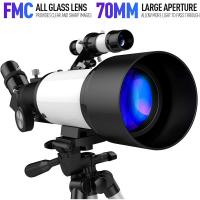Which Neutral Density Filter Do I Need?
When it comes to photography and videography, one of the most common questions that arise is, "Which neutral density (ND) filter do I need?" This question is crucial for both amateur and professional photographers who aim to control exposure and achieve specific creative effects. Neutral density filters are essential tools that reduce the amount of light entering the camera lens without affecting the color balance. They allow for greater flexibility in various lighting conditions, enabling photographers to use slower shutter speeds or wider apertures than would otherwise be possible.
Understanding Neutral Density Filters
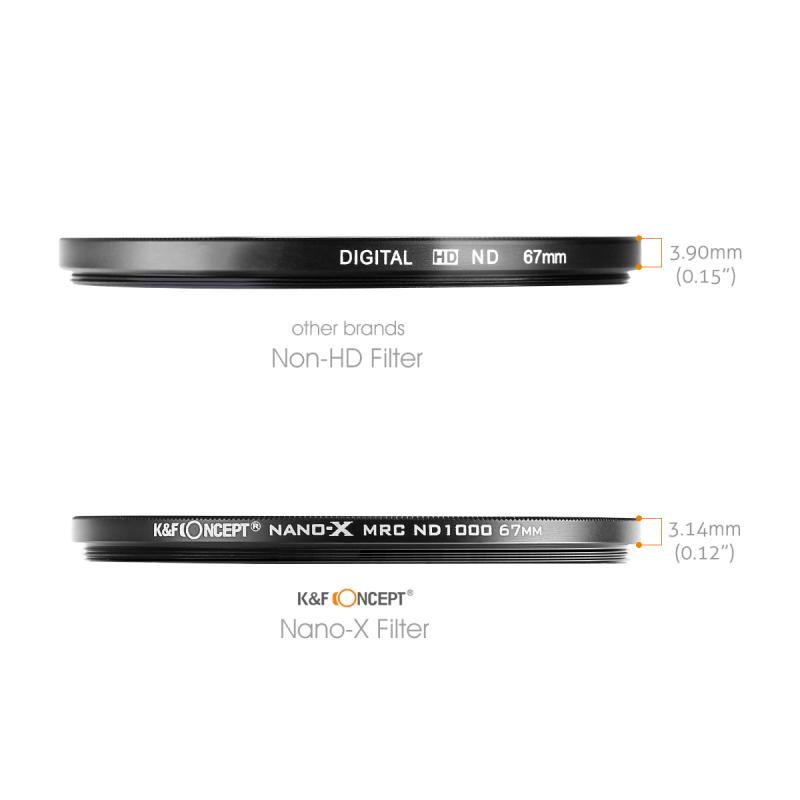
Neutral density filters come in various strengths, typically measured in stops. Each stop represents a halving of the light entering the lens. For example, a 1-stop ND filter reduces the light by half, a 2-stop ND filter reduces it to a quarter, and so on. The most common ND filters range from 1-stop to 10-stops, but there are also variable ND filters that allow for adjustable light reduction.
Common Use Cases for ND Filters
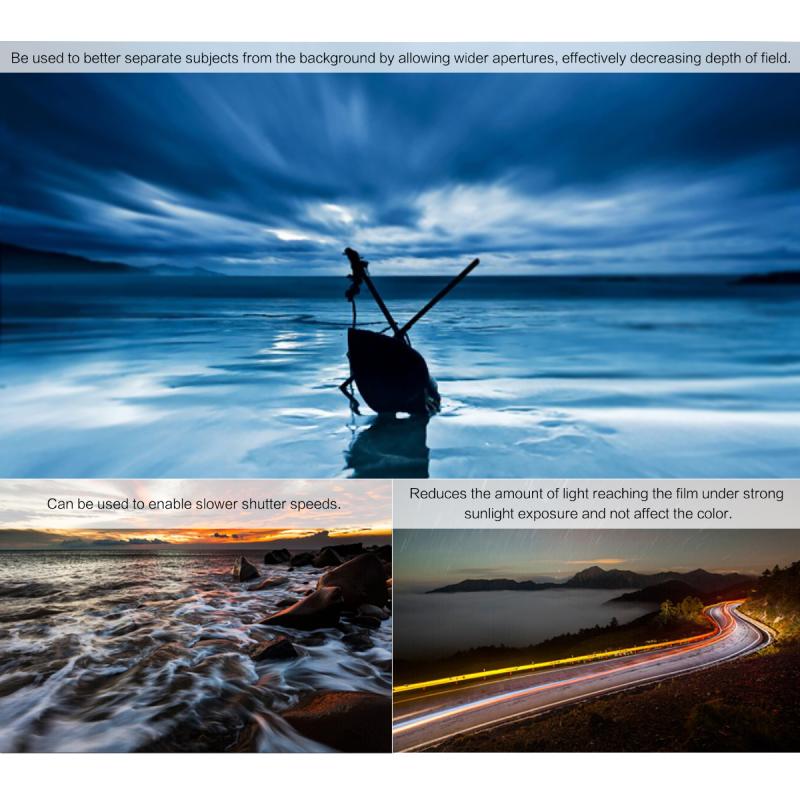
1. Landscape Photography: ND filters are often used to capture long-exposure shots of landscapes. By reducing the light, photographers can use slower shutter speeds to create smooth, flowing water effects or to blur moving clouds.
2. Portrait Photography: In bright conditions, ND filters allow photographers to use wider apertures to achieve a shallow depth of field, creating a pleasing bokeh effect while keeping the subject in sharp focus.
3. Videography: ND filters are crucial for maintaining the correct exposure and motion blur in video production, especially when shooting in bright daylight.
4. Urban Photography: Long exposures can be used to blur moving people or vehicles, creating a sense of motion or making busy scenes appear deserted.
Choosing the Right ND Filter
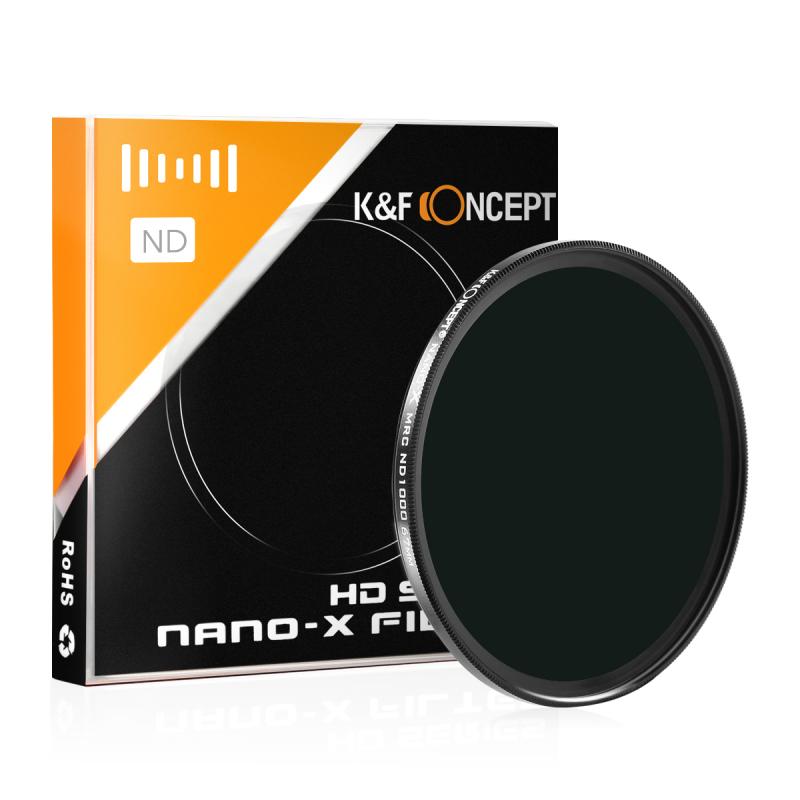
The choice of ND filter depends on the specific requirements of your shoot. Here are some guidelines to help you decide:
1. 1-3 Stop ND Filters: These are ideal for slightly reducing the light in moderately bright conditions. They are useful for achieving a shallow depth of field in portrait photography or for minor exposure adjustments in landscape photography.
2. 4-6 Stop ND Filters: These filters are suitable for more significant light reduction, allowing for longer exposures in brighter conditions. They are commonly used in landscape photography to create smooth water effects or to capture motion blur in urban settings.
3. 7-10 Stop ND Filters: These are heavy-duty filters used for extreme light reduction. They are perfect for very long exposures, even in bright daylight, enabling dramatic effects like completely smooth water or streaking clouds.
4. Variable ND Filters: These offer the flexibility of adjusting the light reduction without changing filters. They are convenient for videographers who need to adapt quickly to changing light conditions.
Practical Considerations
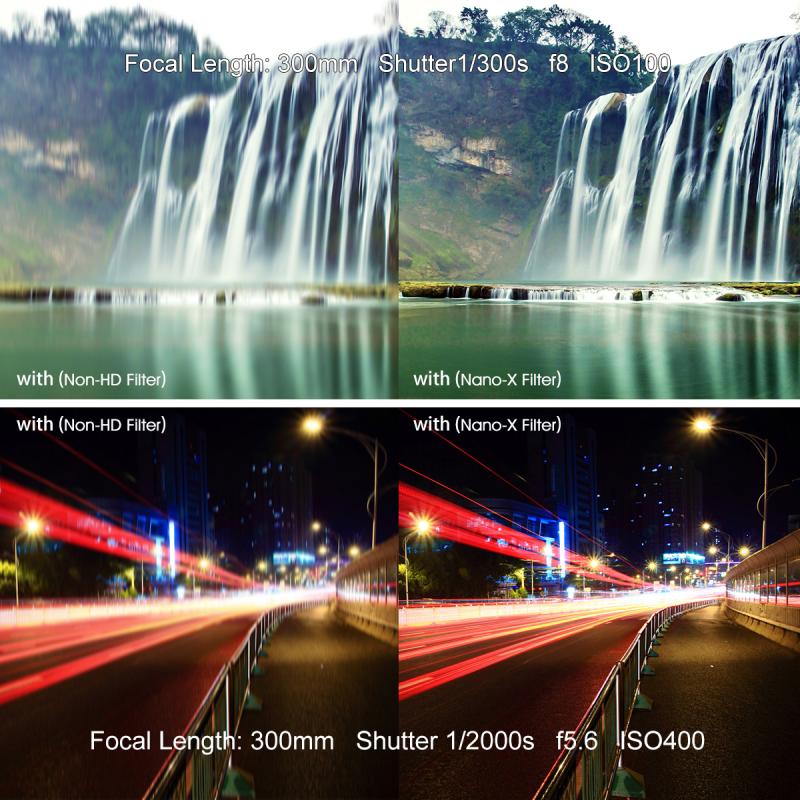
1. Filter Size: Ensure that the ND filter you choose matches the diameter of your camera lens. Most filters are available in various sizes, so check your lens specifications before purchasing.
2. Quality: Invest in high-quality ND filters to avoid issues like color casting, vignetting, or loss of sharpness. Reputable brands like B+W, Hoya, and Lee Filters are known for their quality.
3. Stacking Filters: While it is possible to stack multiple ND filters to achieve greater light reduction, this can lead to vignetting and image degradation. It's generally better to use a single filter of the appropriate strength.
4. Filter Holder Systems: For photographers using multiple filters (e.g., ND, graduated ND, polarizers), a filter holder system can be a practical solution. These systems allow for quick and easy filter changes and adjustments.
Real-World Scenarios
To illustrate the practical application of ND filters, let's consider a few real-world scenarios:
1. Waterfall Photography: You want to capture a waterfall with a silky smooth effect. In bright daylight, a 6-stop ND filter would allow you to use a slower shutter speed (e.g., 1-2 seconds) to achieve this effect without overexposing the image.
2. Portrait in Harsh Sunlight: You're shooting a portrait outdoors at noon, and you want a shallow depth of field to blur the background. A 3-stop ND filter would enable you to use a wide aperture (e.g., f/2.8) without overexposing the subject.
3. Urban Long Exposure: You aim to capture a busy street scene with blurred motion of people and vehicles. A 10-stop ND filter would allow for a long exposure (e.g., 30 seconds) even in bright conditions, creating a dramatic effect.
Choosing the right neutral density filter depends on your specific needs and the conditions in which you are shooting. By understanding the different strengths and applications of ND filters, you can make an informed decision that enhances your creative possibilities. Whether you're capturing the serene flow of a river, the dynamic motion of a city, or the intimate details of a portrait, the right ND filter can make all the difference.
Investing in high-quality ND filters and understanding their practical applications will elevate your photography and videography, allowing you to achieve the desired effects with precision and ease. So, the next time you find yourself asking, "Which neutral density filter do I need?" you'll be well-equipped to make the right choice.

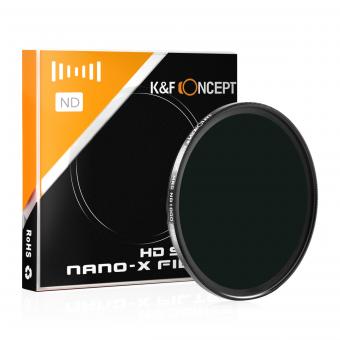





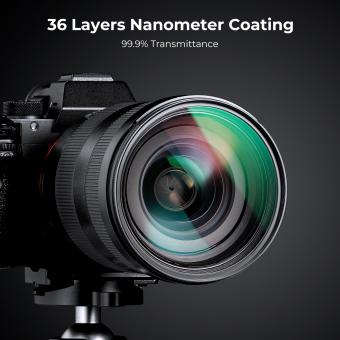




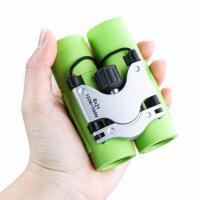
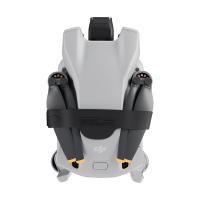
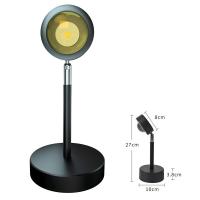
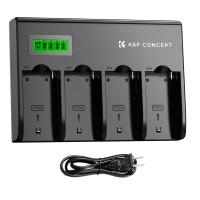
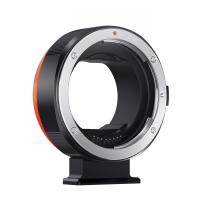

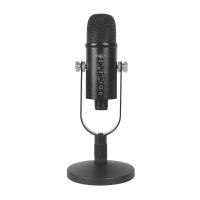

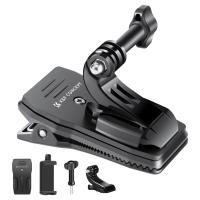



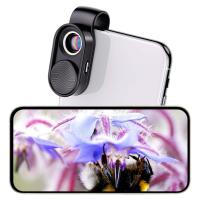

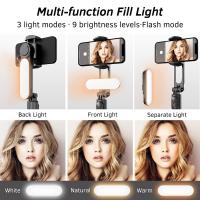
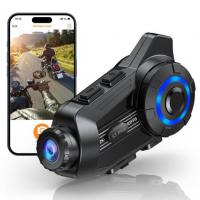

-200x200.jpg)

